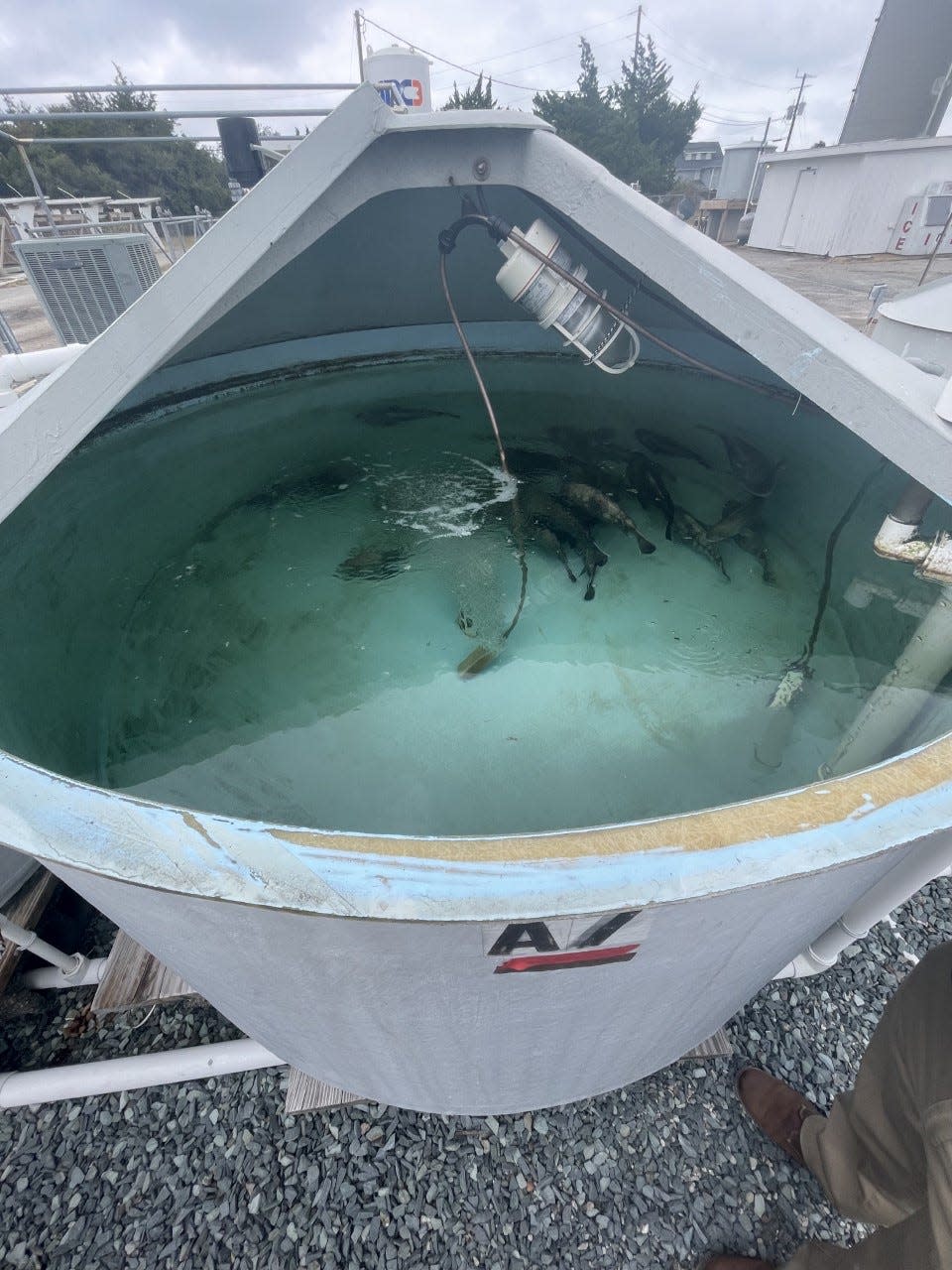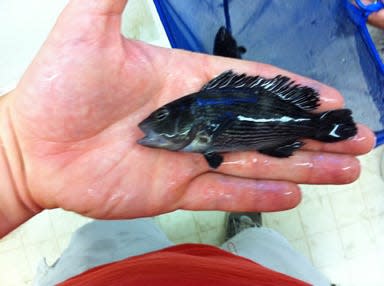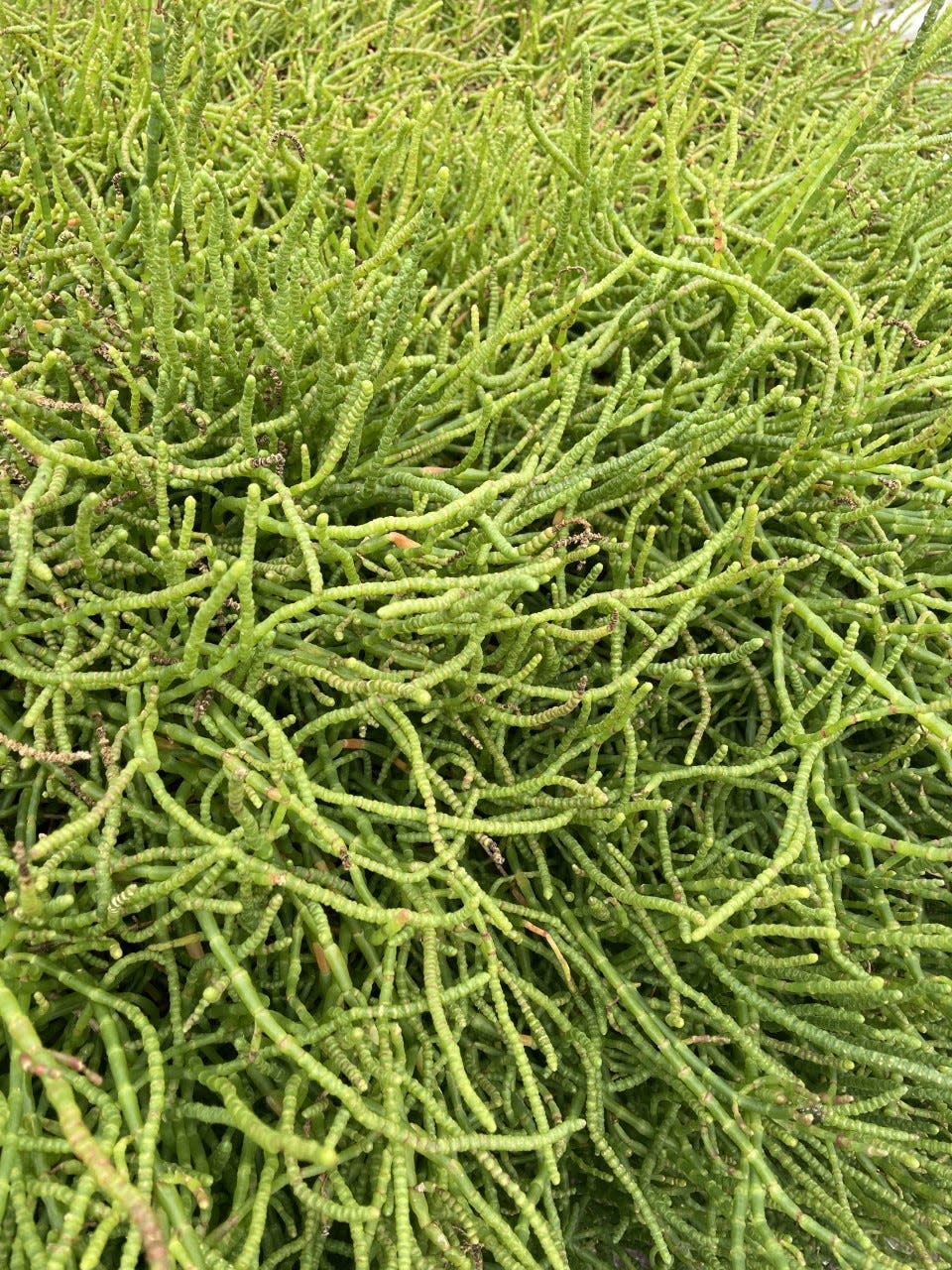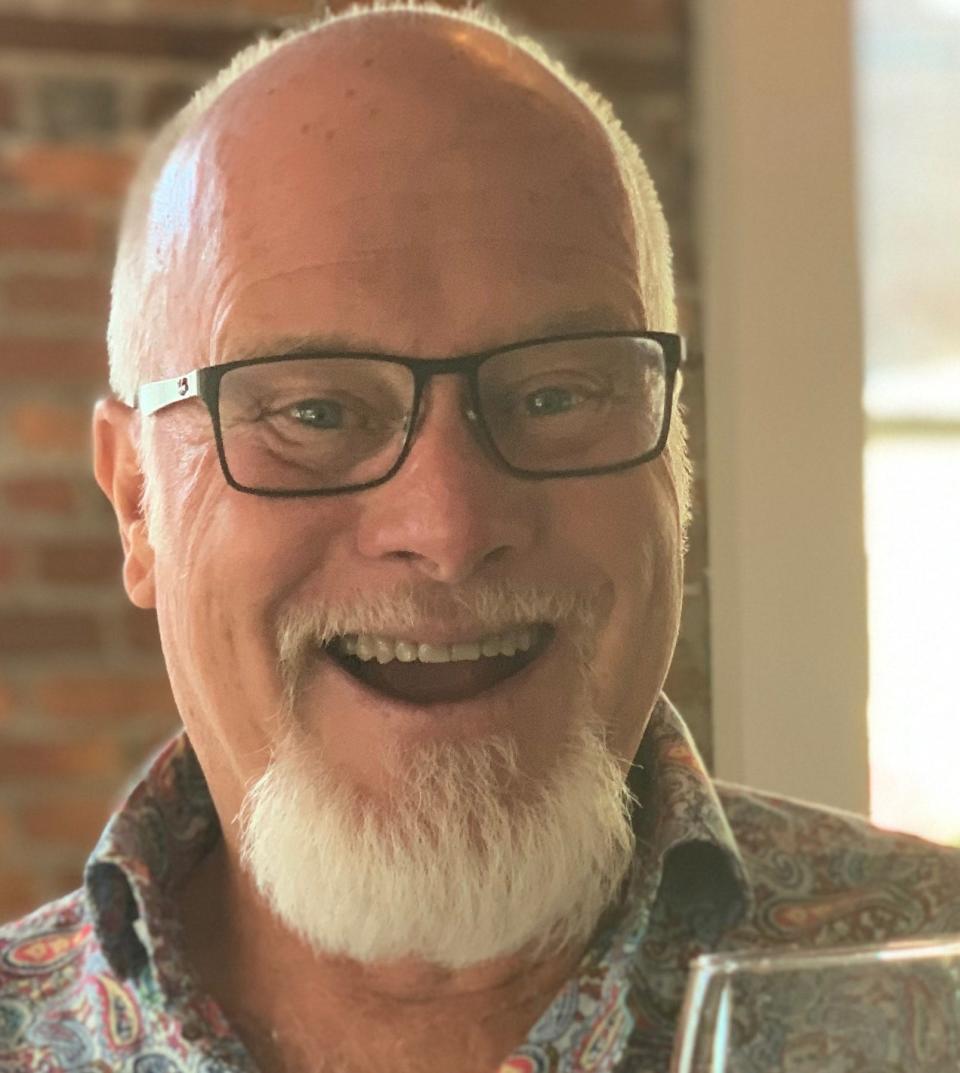How sea beans and a UNC Wilmington program are helping sustain aquaculture

My interest was piqued when enjoying a meal at a favorite fine-dining establishment in my South Front neighborhood, The Second Glass. The delicious entrée was a delicately mild-flavored fish, a Black Sea Bass.
It was accompanied by a fresh salad of locally produced lettuces, dressed with a champagne vinaigrette and topped with a vegetable new to me: sea beans.
A mention of locally produced aquaculture in the menu description prompted my inquiry; I was enthusiastically informed by the well-informed staff that both the sea bass and the sea beans are a product of our local University of North Carolina Wilmington’s Aquaculture program. The wheels began to turn. As a student of Agroecology, the sustainable features of aquaculture and resilience of controlled environment agriculture for food production in the face of climate change in a coastal environment seemed spot on to me.

What is aquaculture (and related saltwater system mariculture)? The UNCW Aquaculture Program website shares that "aquaculture is the farming of aquatic organisms under controlled conditions, primarily to produce food. As worldwide demand for seafood products expands and more restrictions are placed on the harvesting of wild populations, there exists a clear opportunity for aquaculture to help supply this demand. While freshwater aquaculture is a large and well-established industry in the U.S., land and freshwater resources and suitable species for traditional pond-based aquaculture are becoming increasingly scarce.
It is important, therefore, that marine aquaculture ("mariculture") begins to add new species to the list of aquacultured products and becomes a significant part of the industry. Increasing public awareness of the need to protect our fragile environment will require the development of marine aquaculture systems that are ecologically and socially sound."
A species profile from the Southern Regional Aquaculture Center describes "the black sea bass, Centropristis striata, as a member of the family of true sea basses and groupers. A valuable marine finfish, it inhabits the continental shelf waters of the United States from the Gulf of Maine to the Florida Keys." Black sea bass grow to a maximum of 25 inches long and weigh up to 8 pounds. Most do not exceed 1-2 pounds. The prepared fish is described as mild, fresh with a somewhat delicate flavor, tender but firm and a good low-fat source of protein and magnesium. Personally, I proclaim "delicious."

The sea beans (salicornia maritima) on my salad looked like slender green beans, tasted a bit like a salty asparagus, and had a great crunchy texture like a good dill pickle. Growing locally in salt marshes and beachside, sea beans grow upright in dense, branching clusters and are bright green when young and edible from late spring through summer. Sea bean plants are halophytes, meaning they can grow in soil and water with high salinity and have one of the highest salinity tolerances of any plant, well suited to a saltwater production system. With a nutritional value including vitamin A, potassium and protein, their bright taste is great fresh or lightly cooked.
The sustainable magic of this local fish and vegetable production comes from the growing system known as aquaponics, or specifically mariponics, as it uses salt water. Aquaponics is an integrated system that links recirculating aquaculture fish production with hydroponic plant production. Microorganisms are the important link that facilitates nutrient uptake and plant vigor feeding on nutrient-rich effluent from fish tanks, cleaning their water.
It’s a cycle that benefits both food products and replicates natural functions in a controlled environment. Still a relatively new agricultural model, we are fortunate to have the team at UNCW (https://uncw.edu/aquaculture/people/index.html) doing the research and practice.
Perhaps the planned Community Learning Farm for our area will incorporate this technology and teaching to equip a workforce to bring production to a commercial level. Stay tuned…

Lloyd Singleton serves as the director for N.C. Cooperative Extension, New Hanover County Center and Arboretum. He can be reached at lsingleton@nhcgov.com or 910-798-7660. The arboretum, located at 6206 Oleander Drive in Wilmington, is free and open daily 8 a.m. – 5 p.m.
This article originally appeared on Wilmington StarNews: How sea beans and a UNCW program are helping sustain aquaculture

